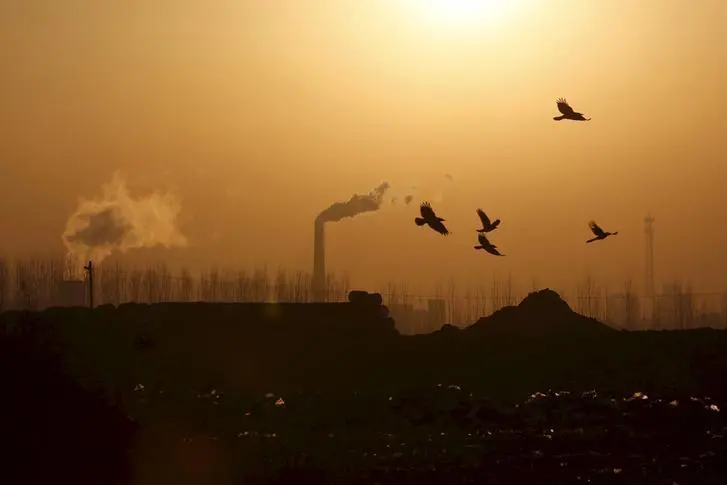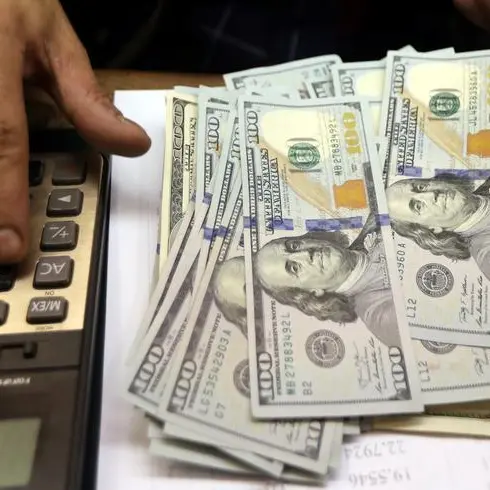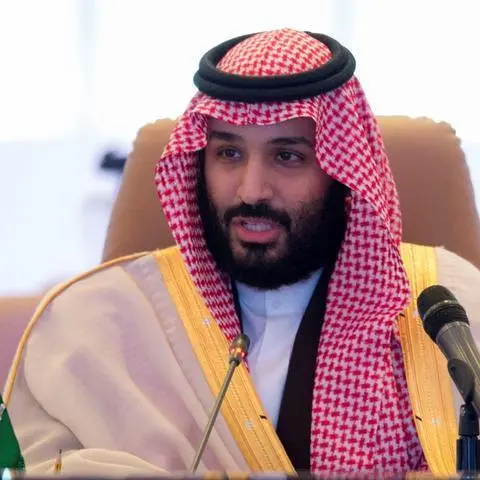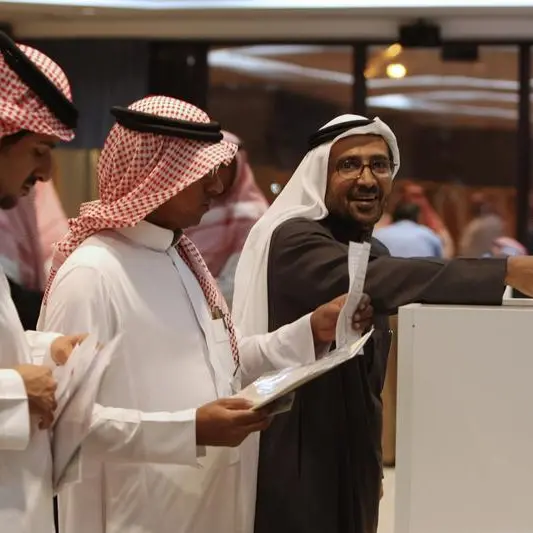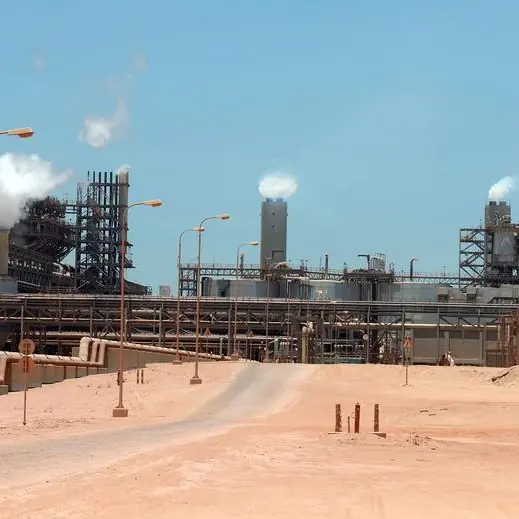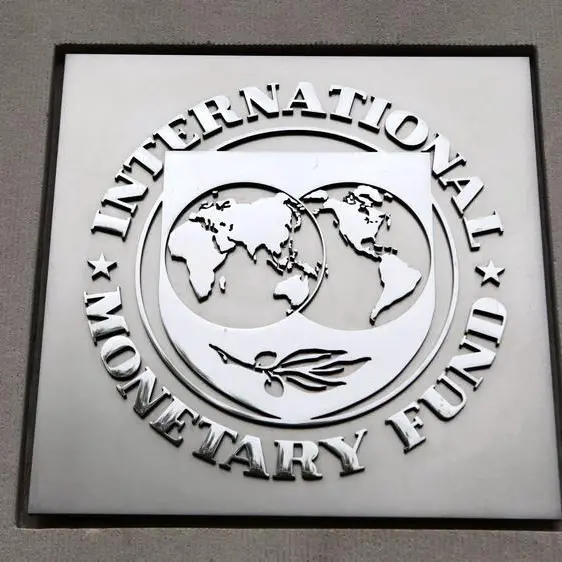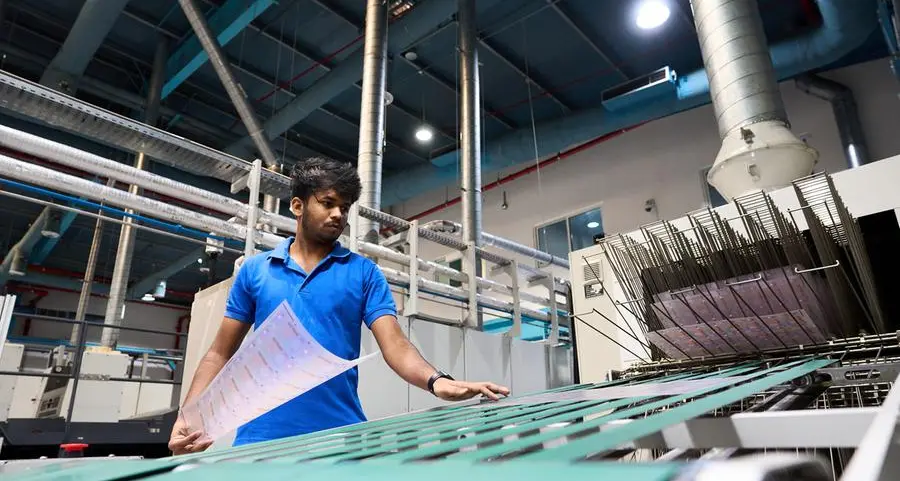PHOTO
BRUSSELS - The European Union faces an uphill battle to convince trading partners that the world's first levy on carbon imports is fair, workable and a necessary part of the bloc's attempted green revolution as opposed to a protectionist tool.
The EU is due on July 14 to unveil a package of legislation to cut net greenhouse gas emissions by 55% by 2030 from 1990 levels.
As part of the plan, it will outline what it terms a carbon border adjustment mechanism (CBAM), designed to cut emissions by creating financial incentives for greener production and by discouraging "carbon leakage," as the transfer of operations to countries with less onerous emission restrictions is known.
The bloc will want to avoid the type of fallout it incurred after a separate environmental move in 2018, when it excluded palm oil from its list of sustainable biofuels and sparked legal challenges from Indonesia and Malaysia at the World Trade Organization.
Before that, an EU attempt to charge foreign airlines for carbon emitted on flights in and out of Europe threatened a trade war after the U.S. aviation industry mustered fierce political opposition and China said it would withhold aircraft orders. The European Union was forced to announce in 2012 it would suspend the law.
Bernd Lange, chair of the European Parliament's trade committee, said the CBAM could prove the source of trade disputes - notably with the United States, if Brussels does not find an agreement with Washington.
"We have to look to an understanding so that this CBAM will not land in a WTO case. This is a big task for the next months," he told a webinar.
The Commission has said its plan will be WTO-compatible and fair, requiring importers of goods such as steel to buy emissions certificates at the same price as domestic producers.
However, a demand by EU producers that they continue to benefit from free EU carbon market certificates could create problems if imports are not afforded a similar advantage.
A draft of the July 14 proposals shows free permits would end, but manufacturing sectors are expected to lobby hard to retain them.
Benchmark prices on the EU's emissions trading system (ETS), the largest carbon market in the world, have this month hit records above 58 euros a tonne, partly in response to expectations of the border levy.
While the EU says it and Washington have agreed to discuss the plan, other countries have signalled concerns. Australian Prime Minister Scott Morrison calls any carbon tariffs "trade protectionism by another name". Russia has said it may break trade rules.
Andre Sapir, a senior fellow at Brussels-based think tank Bruegel who has testified before parliament on the CBAM, says the European Union needs to look beyond mere legality.
"There's the issue of fairness too. Advanced countries have been long-term emitters. Deforestation, advanced countries did it too," he said.
BURDEN OF PROOF
The WTO grants preferential treatment to developing countries, as does the EU with arrangements for the poorest states. If they do not extend to the CBAM, charges could hit $16 billion of developing country exports to the EU, the Centre for European Reform think tank says.
Even a WTO-compatible system with allowances for emerging countries could disrupt trade if it adds an unwieldy administrative burden.
Companies in countries, such as South Korea, with existing emissions trading schemes might smoothly adapt to the CBAM. Elsewhere, exporters would need to provide extensive data on their direct carbon emissions and those of their energy sources and then convince the European Commission the data is reliable.
Otherwise, they could face an unfavourable default calculation.
"The burden of proof is on the other side," said Hosuk Lee-Makiyama, director of trade think tank ECIPE. "CBAM may be a great gambit for trade negotiations, but will it actually incentivise cutting CO2 emissions"
The system's complexity has persuaded the European Commission, initially at least, to concentrate on a few basic materials - iron and steel, aluminium, cement, electricity and fertilisers, which represent about 5% of EU goods imports.
However, there may be ways for exporting countries to circumvent these. Thijs Vandenbussche, climate policy analyst at think tank the European Policy Centre, points to possible substitutes, such as fuel ash or blast furnace slag, for cement, which may not be subject to carbon charges.
Downstream, the CBAM could persuade manufacturers of end-use products to switch components. In some cases, these might be greener, in others just not subject to extra emission costs despite being as or more polluting. In the latter case, global emissions would not fall.
If the EU wants its experiment to be a success, it will need partners. A transatlantic alliance could drive widespread acceptance. However, comments from U.S. climate envoy John Kerry that a carbon border tax should only be a "last resort" suggest such an alliance is some way off.
Just over 50 WTO members have begun talks in the last year on climate issues such as carbon border adjustments, but these are at an early stage. One function of the CBAM is to have made the debate more pressing.
"International carbon pricing is one of the slowest items to advance," Vandenbussche said. "Without this proposal, there would just be more debate. This could lead to negotiations and perhaps adjustments based on the international reaction."
(Reporting by Philip Blenkinsop; editing by Mark John and Barbara Lewis) ((philip.blenkinsop@thomsonreuters.com; +32 2 585 2869: @reutersPhilB;))
